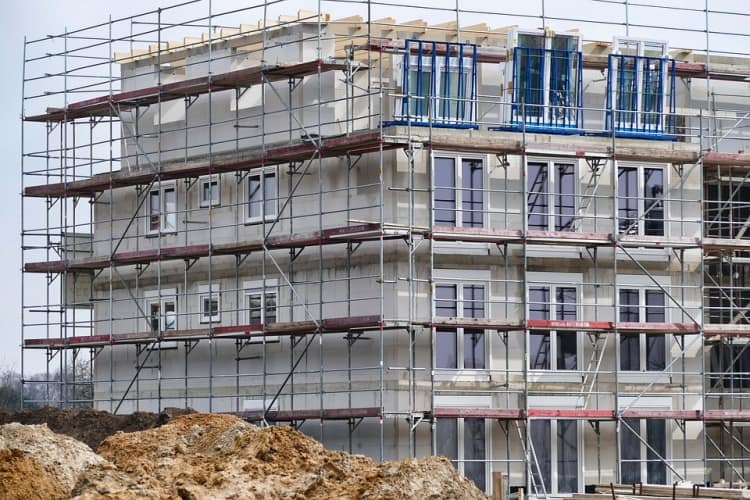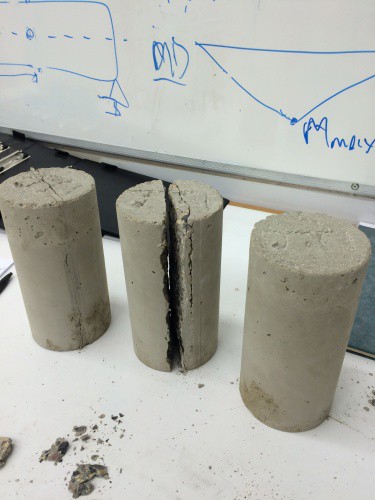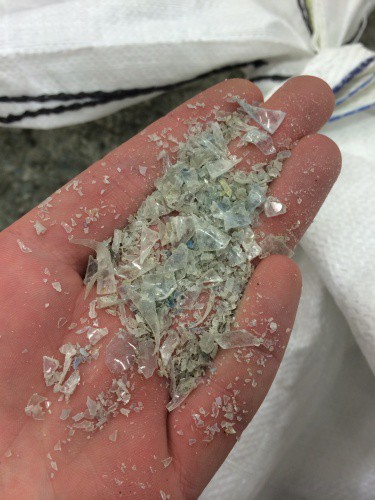
The study, conducted in partnership with India’s Goa Engineering College, was prompted by India’s booming construction sector and a sand shortage the country is enduring as a result. It's estimated more than 20 billion tons of concrete are produced globally each year, making it the world’s second most consumed substance after fresh water. Sand typically comprises 30 per cent of any concrete mixture. By replacing 10 per cent of that sand with finely ground plastic particles, the Bath team estimates that over 800 million tonnes of sand could be saved.
Published in the journal Construction and Building Materials, the research explored the impact of five finely graded plastics on the structural strength of concrete tubes and cylinders. It was found that sand-sized PET particles from recycled plastic bottles provided the best results, achieving a target compressive strength of 54 MPa, similar to that of structural concrete.

“The research was focused on adding enough plastic so as to make the additions worthwhile in terms of providing a use for the waste, but at the same time not so much as to reduce the concrete strength to an extent which makes it too weak for structural applications,” Dr Richard Ball, from Bath’s Department of Architecture & Civil Engineering, told The Engineer. “10 per cent by volume additions of plastic could save 820 million tonnes of sand every year from being used in concrete mixes.”
“Properties such as the type of plastic and the particle size and shape will all have an influence on the strength of the concrete to which it is added. If we can identify the most favourable properties of the ‘plastic sand’ we may be able to increase the additions allowable without compromising the properties. There are also important factors such as the rheology of the wet mix, environmental durability and fire performance which can be further explored.”
Where the strength of the concrete is compromised, Ball says there are still plenty of applications where it can be useful.
“Even when the reduction in performance prohibits structural applications lower tech uses such as paving slabs may be viable,” he said.
According to principal investigator Dr John Orr, introducing synthetics like plastic into concrete generally weakens the material, as plastic doesn’t bond to the cement mix like sand does. Central to the work was finding the balance between maintaining the concrete’s strength, yet still incorporating enough plastic into the concrete so a significant amount of sand could be saved.

“The key challenge here was to have a limit between a small reduction in strengths, which we achieved, and using an appropriate amount of plastic to make it worthwhile,” said Orr, previously of Bath University and now a lecturer in concrete structures at Cambridge. “It is really a viable material for use in some areas of construction that might help us to tackle issues of not being able to recycle the plastic and meeting a demand for sand.”
The research recently received the Atlas Award for its potential societal impact around the world. While ground up waste plastic was used for the study, Orr told The Engineer that the team is now exploring some novel sources for plastic material that is already graded to the required level.
“The plastic we use in the mixes are by-products of other industrial processes,” he explained. “As an example - the manufacture of plastic optical lenses for glasses produces finely ground plastic waste which would normally be sent to landfill or incinerated. So you could argue there is no extra energy required to then use this material in concrete, we are making use of a waste material from other processes.”




IEA report claims batteries are ‘changing the game’
The weight and bulk of static batteries, even domestic units, is immaterial. The IEA's trilemma is illustrated here:-...